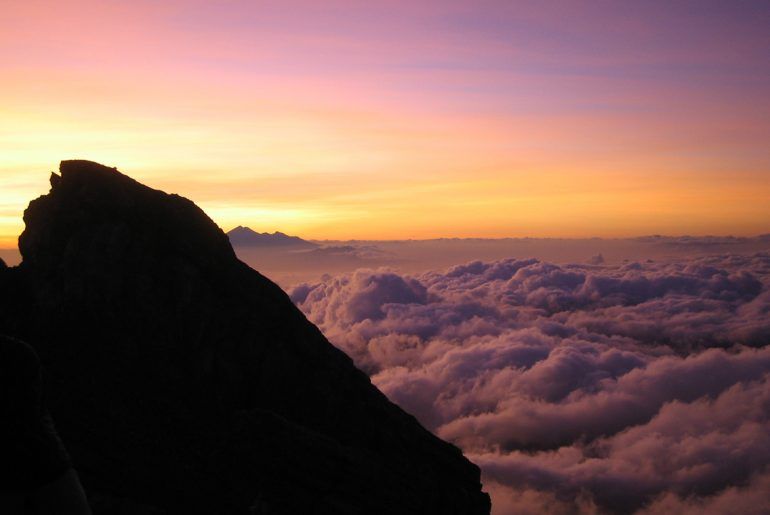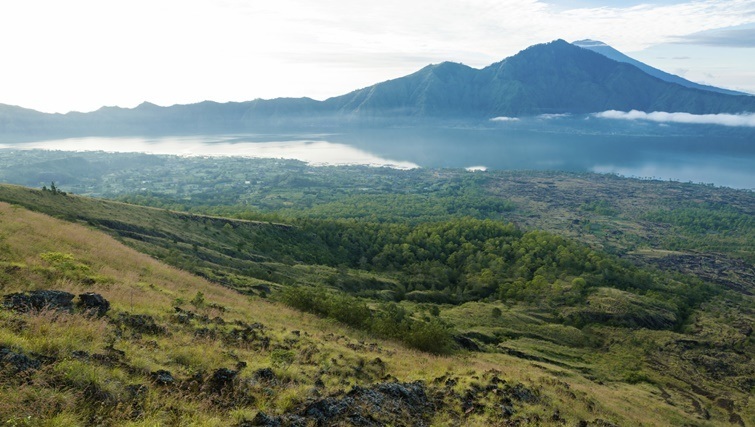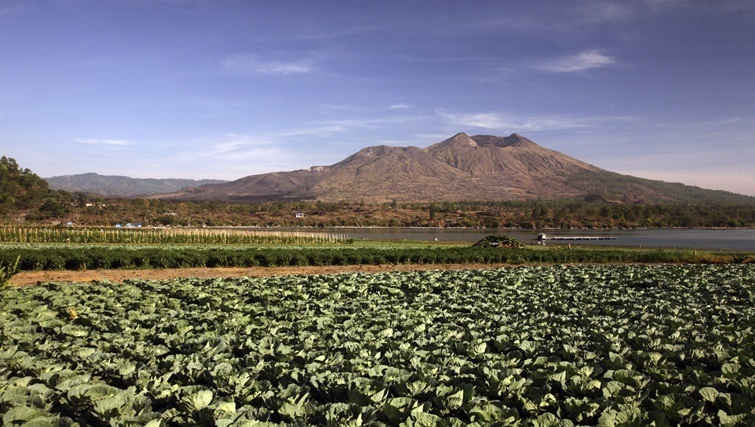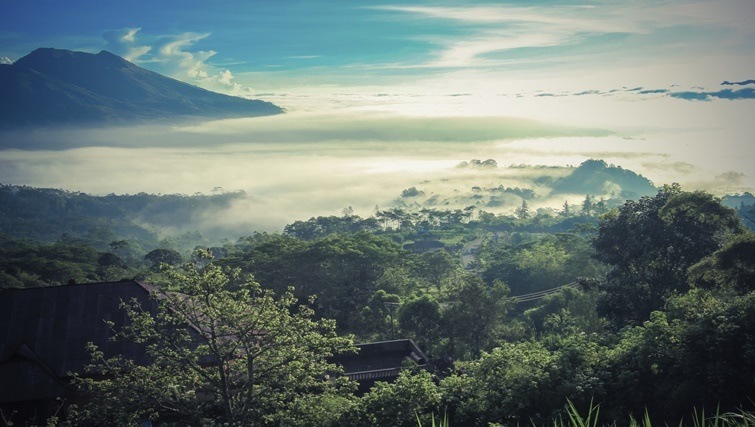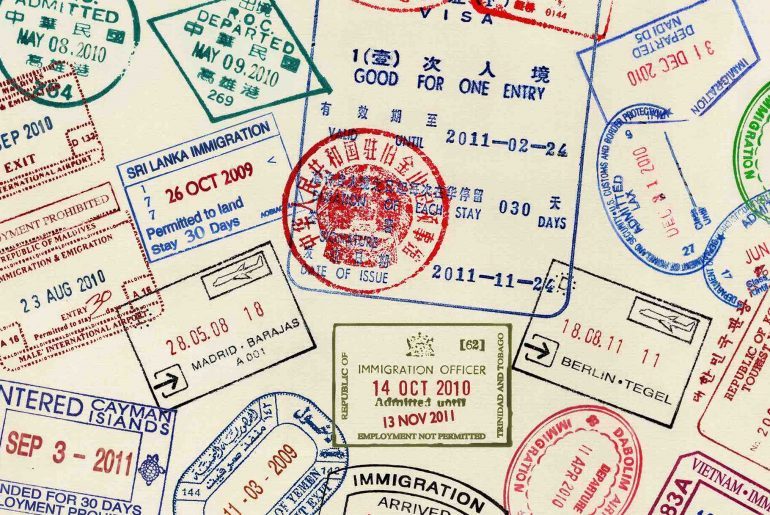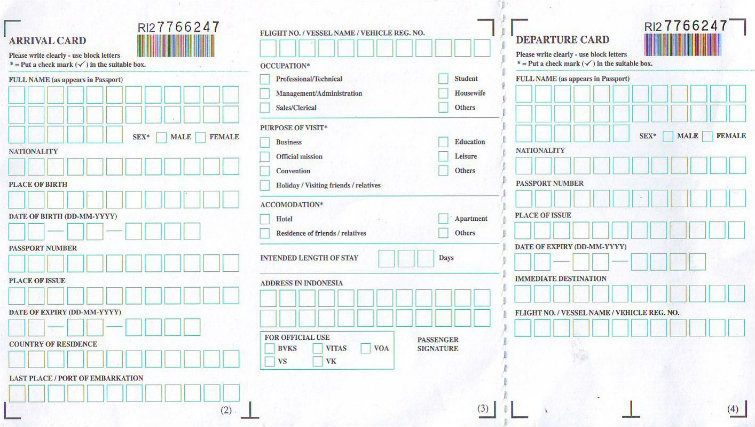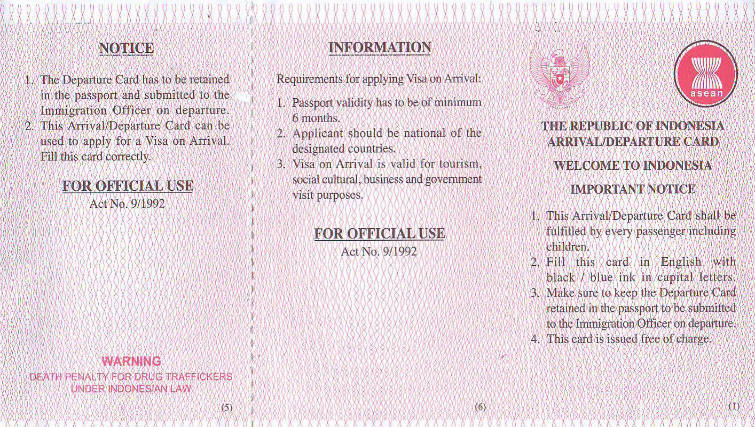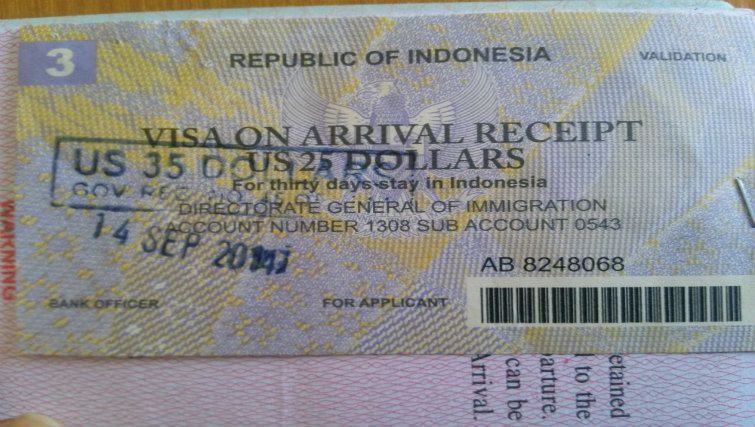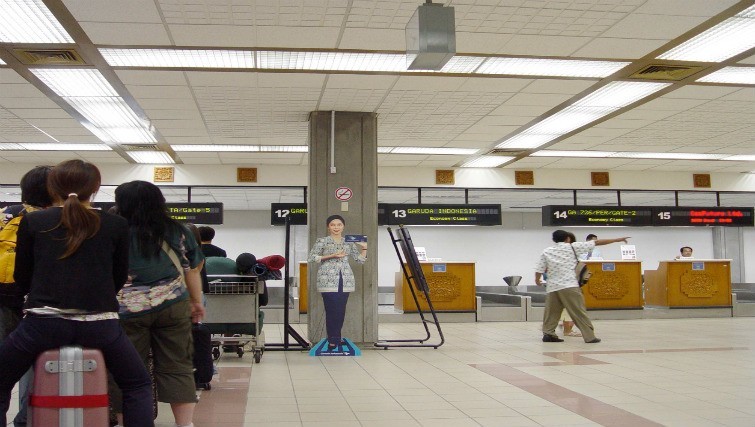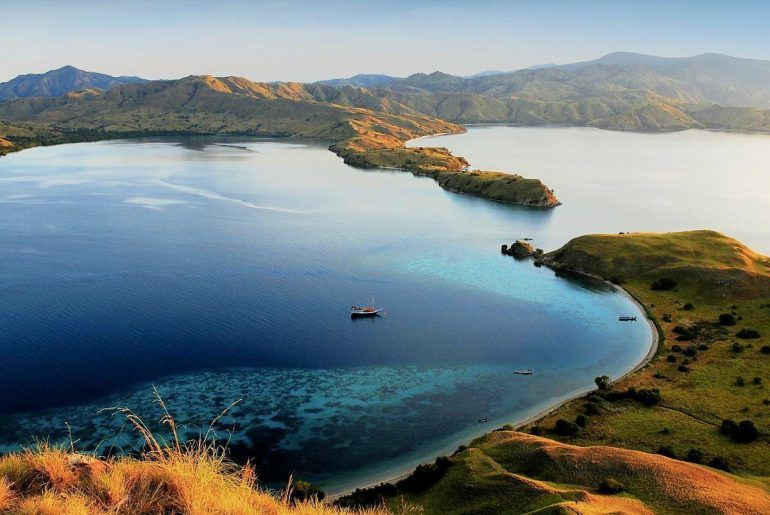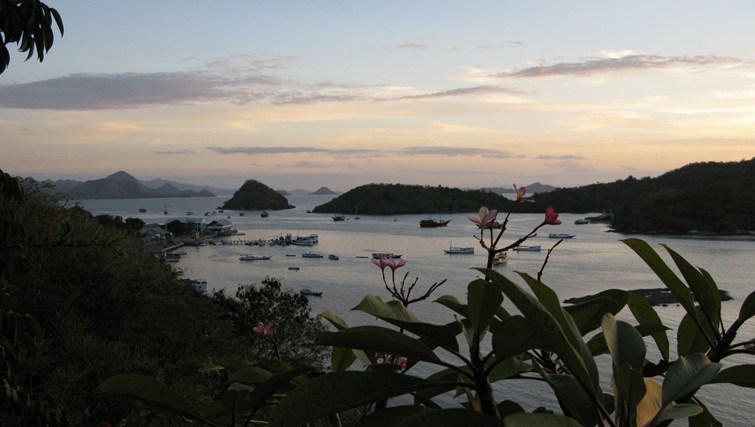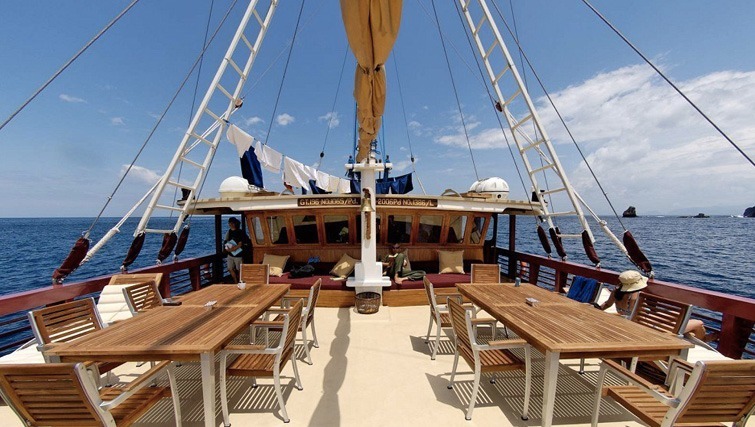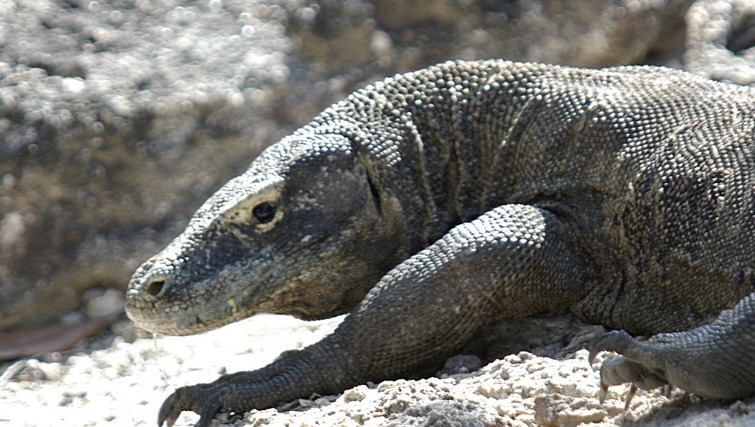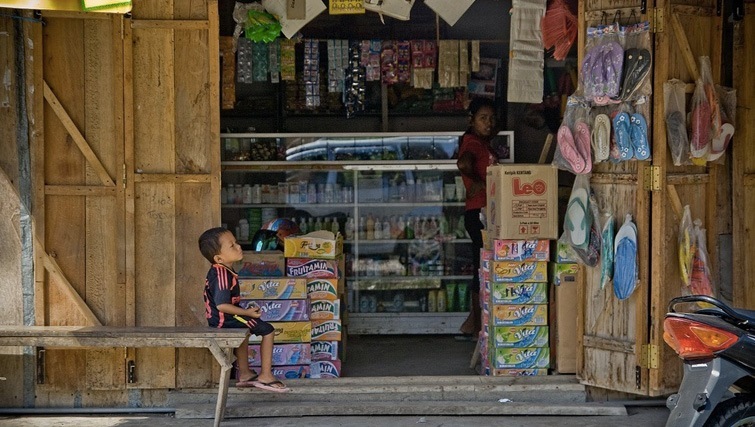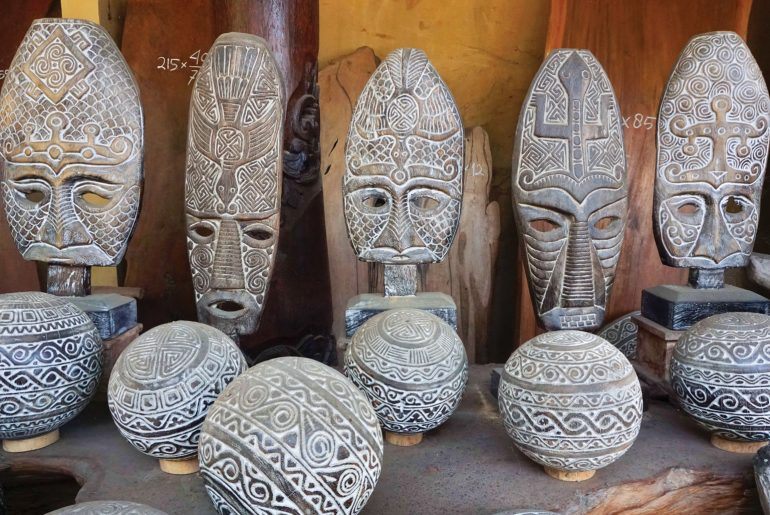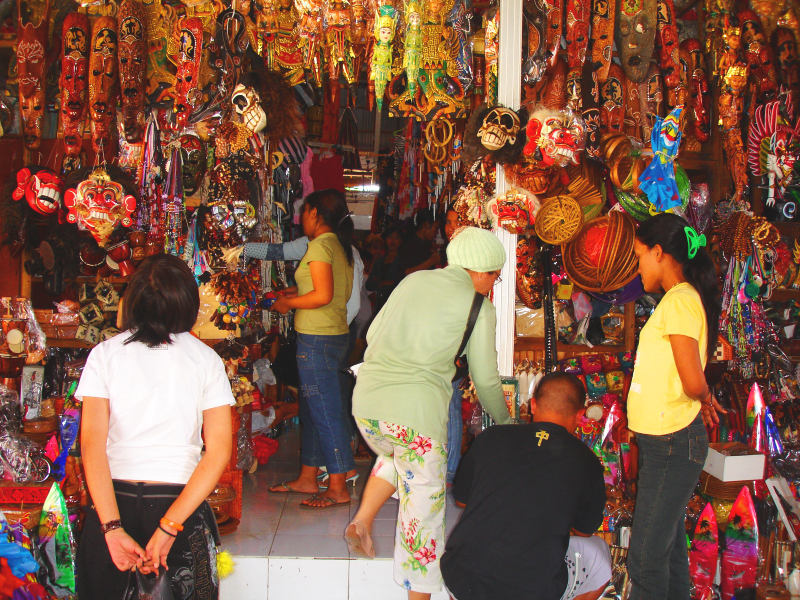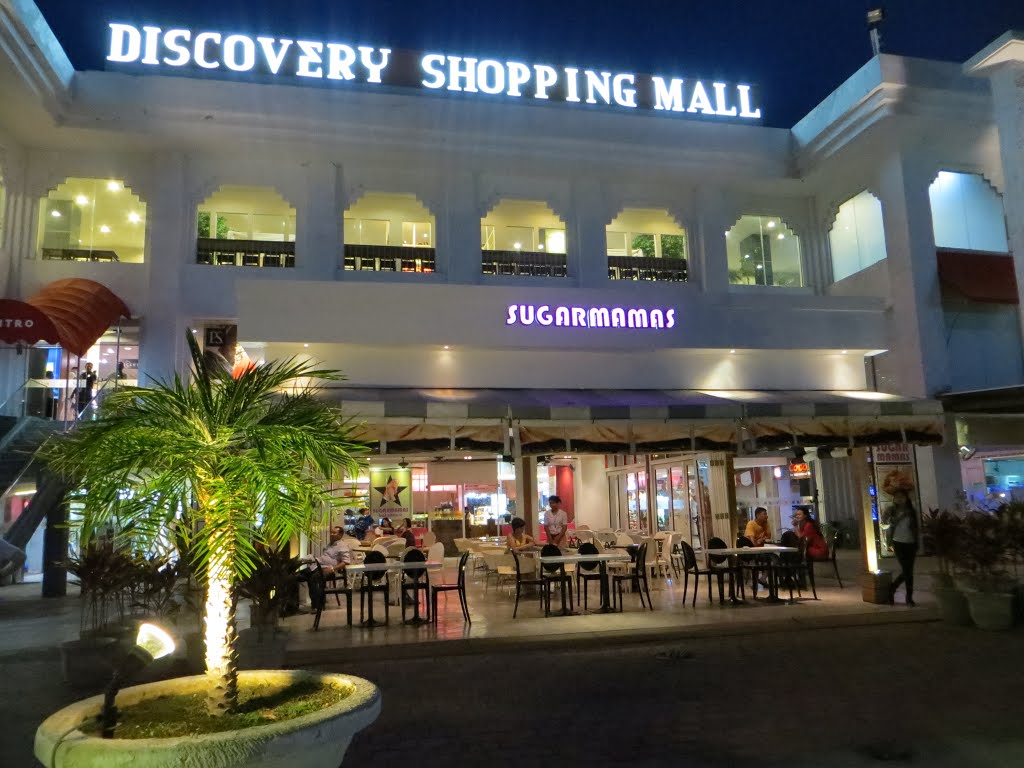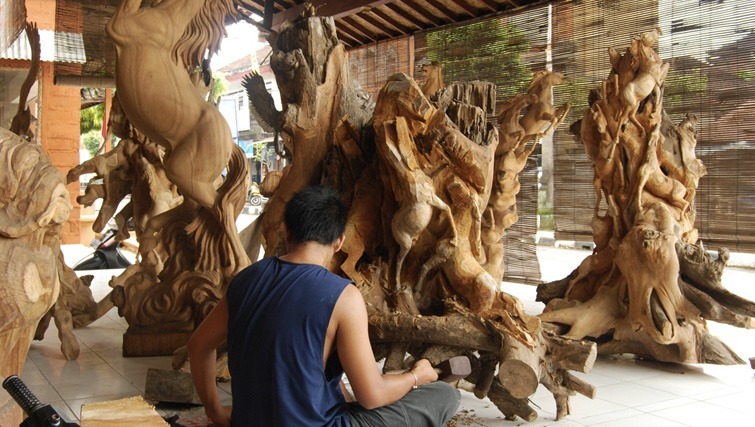For an adventurous few, Bali isn’t a tropical beach hang with good shopping and cheap food – it’s a trekking paradise.
With numerous mountains suited to a variety of skill sets, the Bali trekking scene need not be reserved for the truly intrepid traveler. The sojourn can be made easy by finding a local trekking guide from the neighbouring villages, or saddling up with a group through one of several travel companies that have this activity on offer.
Opting for a local guide is an intimately cultural experience, as most guides will be able to unravel the secrets of the mountains and allow you the chance to understand these spectacular structures. Travellers are led to the best views through the safest routes depending on the weather and their ability to catch their breath.
…they unravel the secrets of the mountains, allowing you the chance to understand these spectacular structures.
Don’t like to be led? You can always choose to self-guide your ascent, but be prepared – these mountains should not be taken lightly! With the tropical weather combined with high altitudes, unexpected showers and significant drops in temperature can occur rather suddenly. The conditions can be dangerous, effecting the terrain and making it easier to slip. Have the right gear, check volcanic activity, look at weather predictions, wear proper shoes and have enough rations (it gets expensive buying food on the mountain). Local guides are always recommended, because to put it simply: if you don’t know – you shouldn’t go. But that’s enough of safety 101, let’s assess Bali’s mountain climbing scene…
Bali mountain climb #1: the mountain of God, Mount Agung, 3,031m
Enter the heavyweight champ of Bali’s mountains. At 3031 meters, Mount Agung is the highest point on the island and dubbed the most challenging trek in Bali. It requires a pretty sturdy level of physically fitness and some serious trekking experience.
Mount Agung is by far the most challenging trek in Bali. Enter at your own risk.
As a child, my father (born and bred in Indonesia) had been told that this was the mountain of God. As their thrones, the Gods placed these mountains around the islands – with Mount Agung forming the highest in Bali. The mother temple, Pura Besakih, lies on the slope of this mountain and houses offerings and cremation mounds formed in the shape of the mountain. You can see why the Balinese pay their respects to this active volcano – in 1964, the wrath of Mount Agung devastated many villages, killing 1,500 people.
The mountain of God will bring you to your knees (literally) – it gets so steep in parts that it’s easier to do the trek on all fours.
As spectacular as it is devastating, Mount Agung is definitely a challenge for the brave to conquer when visiting Bali. Start your hike through the thick forest near the Pura Besakih temple before your seven hour steep ascent up the mountain. The terrain becomes a rocky scrabble as you make your way up, so make sure you are wearing the appropriate hiking boots. The mountain of God will bring you to your knees (literally) – it gets so steep in parts that it’s easier to do the trek on all fours. If you time your climb perfectly and start trekking late at night, you will reach the highest peak in time to witness the spectacular sunrise overlooking encapsulating views of neighboring Lombok and Nusa Penida. It is a view not to be missed!
Bali mountain climb #2: the rumbling mountain, Mount Batur, 1,717m
In the Kintamani District of East Bali stands the iconic Mount Batur. It lies in the heart of a massive crater about 14 kilometres in diameter, permanently showing the magnificently devastating eruption that occurred more than a thousand years ago. Part of UNESCO’s Global Geopark Network, it is one of Indonesia’s most active volcanoes, sometimes deemed unsafe to trek due to its volcanic temperament. Highly sacred in Hinduism, the mountain is surrounded by the Kedisan, Songan, Trunyan and Toya Bungkah villages, where guides are easy to find.
A group of backpackers trekked the mountain in 2009, only to be surprised by a new eruption.
Mount Batur is a relatively short and easy trek, making it the most advertised and visited volcano in Bali. Popular since the 1970s, my father remembers the time he rode his Honda CRV from Bali to Kintamani with three of his Aussie mates, enjoying Mount Batur then relaxing in the hot springs at one of the villages.
Being easy to climb, the trek is suitable for children, and can be completed in about an hour or so. Be your own guide and trek the rim of the volcano before ascending to the summit. You will pass three craters clouded by steam, lava flows, and steam fissures. If nature permits, you may witness the adorably cheeky Macaque monkeys congregating by the largest crater.
If you choose to trek unguided, be sure to check the current volcanic temperament before your commencement. A group of backpackers trekked the mountain in 2009, only to be surprised by a new eruption. Do not take risks if there is a chance of activity.
Bali mountain climb #3: the green mountain, Mount Batukaru, 2,275m
Coming in at the second highest is Mount Batukaru, the highest peak in the Bedugul volcanic area. As an extinct volcano, its landscape makes it the most unique rainforest mountain trek experience in Bali. Batukaru’s rainforest is hidden away from populated areas, perfect for those that shy away from the ‘touristy’ places. Largely undiscovered, this offers tourists the combination of nature, culture and wondrous views.
its landscape makes it the most unique rainforest mountain trek experience in Bali.
My father explained that villagers in the area believe that after departing this world, their spirit will return to the mountain. This is a highly spiritual and sacred place, worshiped by the Balinese with the Pura Luhur Batukaru temple devoted to its presence.
Unlike the other mountains, it is rare to see other trekkers along this hike. This rainforest is the largest wetland in Bali, and for conservation, the number of trekkers permitted are limited. With the mountain’s fertile volcanic soil combined with its dense rainfall, the rainforest is home to a myriad of wildlife. Trekkers can witness the Kijang (small deer), Pangolin (ant eater), Macaque, the leaf eating monkey, and the infamous Luwak that digests then passes out coffee beans to be roasted. This rainforest is THE brewing ground for Kopi Luwak – the most expensive roasted coffee in the world.
This nine hour challenging ascent traverses a narrow and unsealed trail that is mostly shaded by tropical rainforest. Visit the small mountain temples along the way, with entry politely denied to women menstruating. As you will be entering their sacred ground, it is only polite to accept their customs.
Arriving at the summit, trekkers will be rewarded with complete serenity, overlooking views of Mount Agung, Lombok, Java and the north, south and east of Bali. The largest crater in Bali sits atop the mountain with a view of the lakes of Bedugul. Avoid climbing Mount Batukaru in times of rain as the rainforest becomes a very dangerous place to trek with the pathways getting very slippery.
Whether you take the treks to challenge yourself, or choose to climb to be environmentally and culturally immersed, you will be entirely engulfed and struck with the natural beauty of Bali that is not normally experienced. Just remember to leave your vertigo at home
